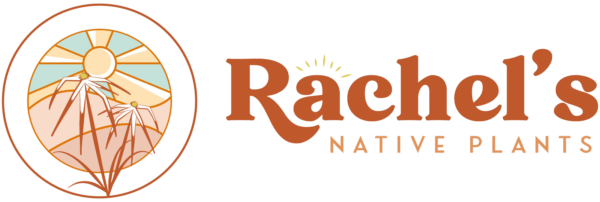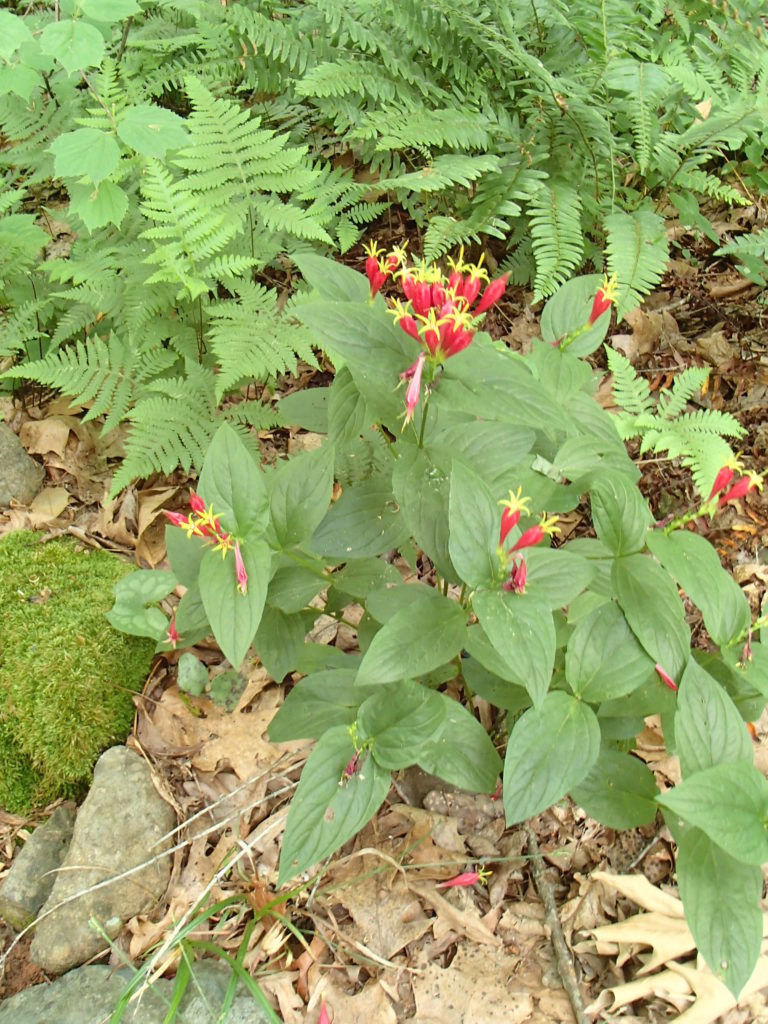This plant is not currently for sale. This is an archive page preserved for informational use.
Indian Pink is a beautiful and unique herbaceous perennial which is currently enjoying great popularity among native plant gardeners. This is a good thing as North Carolina lists it as Endangered and Natureserve lists it as Critically Imperiled! This is a small, shade-loving plant, growing no higher than 30 inches, and it is late to appear in the spring. It emerges as a clump of unbranched stems with pairs of sessile, opposite leaves, supporting terminal panicles of very unusual and striking scarlet (not pink!), tubular flowers topped with bright yellow, star-shaped lobes. As one might surmise from the color and shape of the flowers, Indian Pink is a hummingbird magnet. The seed pods, later in the summer, explode, shooting seeds a good distance away. Germination rate must be fairly high, as where one plant is, whole loose colonies can be found, at the borders of rich, moist woods.

